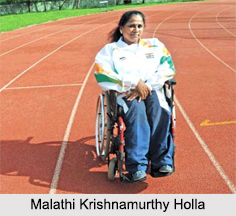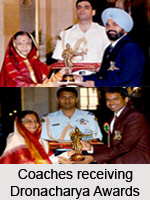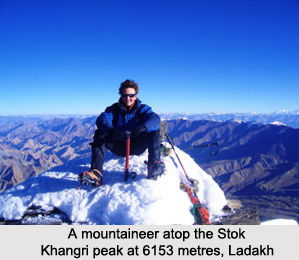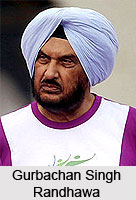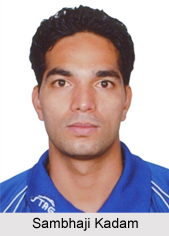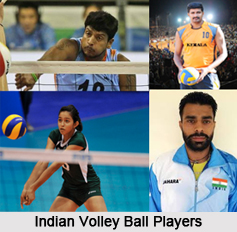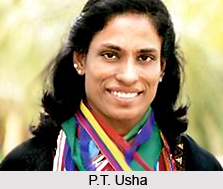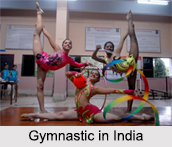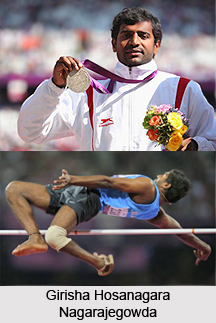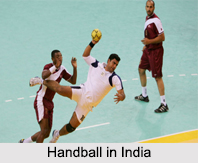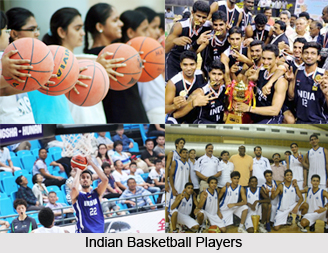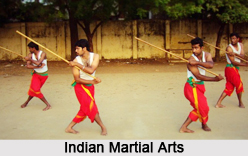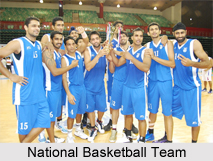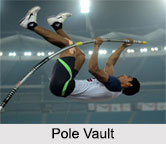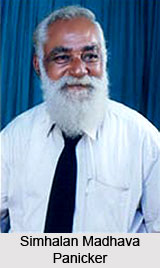 Simhalan Madhava Panicker was a very well known face in South Asian martial art. He is also reputed in the name as an actor of film and theatre. Simhalan Madhava Panicker was born into a South Indian family of plantation farmers in Kerala in 1930.
Simhalan Madhava Panicker was a very well known face in South Asian martial art. He is also reputed in the name as an actor of film and theatre. Simhalan Madhava Panicker was born into a South Indian family of plantation farmers in Kerala in 1930.
Career of Simhalan Madhava Panicker
Simhalan Madhava Panicker left home at the young age of 8 and travelled to all corners of India. He found his passion in the martial arts and acting. He was an expert and authority in Varma Kalai, a traditional sport and the art of hitting pressure points in Kalaripayat.
Simhalan Panicker learned the northern and southern styles of Kalaripayat during 18 years of training under many teachers, and specialized in Varma kalari which he learned from Balan Gurukkal.
From then on, Simhalan Madhava Panicker practiced the art, improvising and developing his own version of it. Using his background as a trained dancer, boxer and street fighter, he carried the art form into its highest level of expression. He created "Simhala Kalari" in the year 1975.
Simhalan Madhava Panicker was associated with contemporary martial artists like Chandrashekharan Gurukkal and Vallabhatta Vishwanathan Gurukkal. Simhalan Madhava Panicker also tutored the martial arts to Moses Thilak, Master Manoharan and Karate Mani.
Simhalan Madhava Panicker was secretive about his Varma Kalai skills and has taught very few students, all of them renowned masters in Southern India. In the year 1983, Simhalan Madhava Panicker was featured as a `most dangerous man` in Chennai in The Way of the Warrior: Martial Arts and Fighting Styles from Around the World, a book that was the basis for a TV documentary released by the BBC, which presents various martial art forms of the world.
The interests of Simhalan Madhava Panicker extended beyond martial arts. He was also an actor of theatre and film. He acted in more than 175 movies in South India. He was associated with the Film and TV Institute of Tamil Nadu in Chennai.
Simhalan Madhava Panicker moved back to Kerala in 1998, where he continued practicing Simhala Kalari.
Simhalan Madhava Panicker died in March 2004. He is survived by his wife Chinnamma and daughter Jasmine Simhalan, who is an Indian dancer, a noted Kalaripayat and Silambam exponent living in the United Kingdom. They both continue his vision of the dissemination and popularization of Kalari, a traditional sport in India concentrated in South India.





